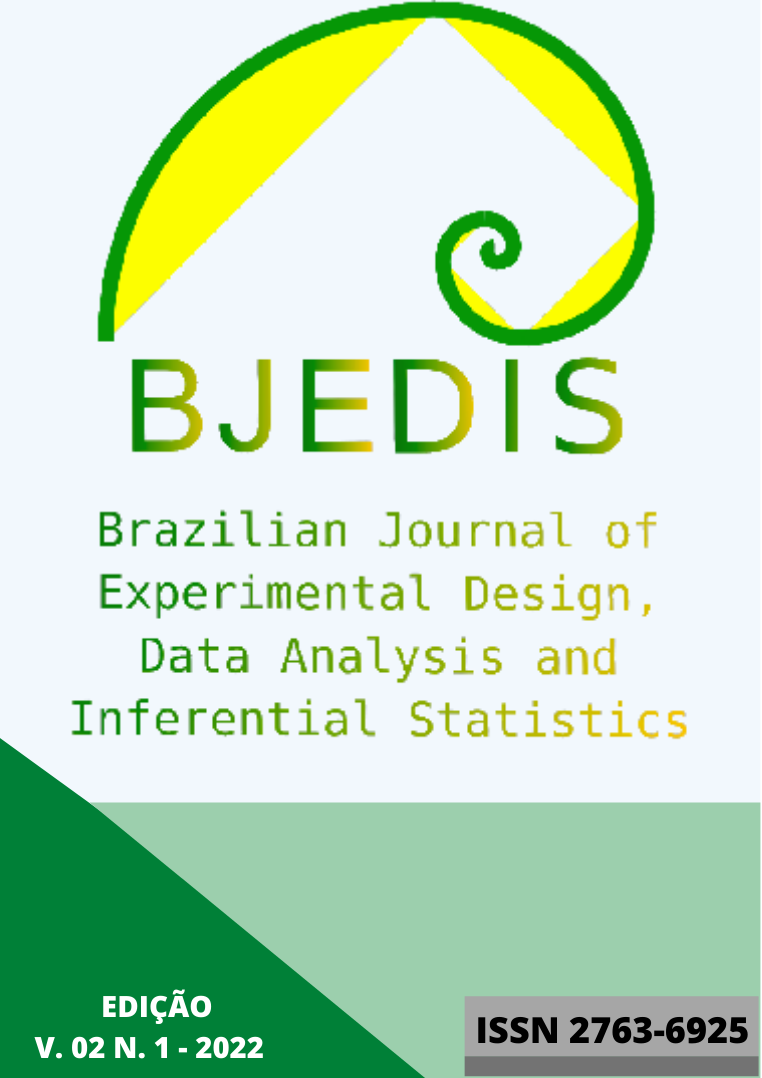Nanoparticles improving polyaniline electrical conductivity: A meta-analysis study
DOI:
https://doi.org/10.55747/bjedis.v2i1.52468Keywords:
Polyaniline, Nanofillers, Data mining, Statistical analysis, Bibliometrics, Data analysis, Meta-analysis, ScopusAbstract
Polyaniline is a conductive polymer that attracts the attention of many researchers around the world. The history of this polymer begins in 1862 when Letheby first reported this material. Since then, a myriad of studies has been conducted on
this material, and new works continue to investigate the potential of this material. Polyaniline has been improved with the help of Nanotechnology. The use of nanofillers has been seen as a quick and economical way to modify materials, driving
innovations based on new physical and chemical properties from the conductive polymer materials and nanoparticles joining. Several works address the use of different nanoparticles, which leads to the practical impossibility of sifting through all this information. Thus, this work proposes to systematically collect data in the literature and investigate which nanoparticles can increase the electrical conductivity of Polyaniline (PAni). The results obtained demonstrate that among the possible
nanofillers, graphene and carbon nanotubes have great prominence. Furthermore, the results of the meta-analysis prove that PAni's conductivity increases when this polymer is modified with the aforementioned nanofillers.
Downloads
Downloads
Published
Issue
Section
License
AUTHORS’ DECLARATION AND COPYRIGHT TRANSFER AGREEMENT
The undersigned authors hereby declare that the submitted manuscript is an original work and has not been previously published or submitted, in whole or in part, to any other journal. The authors further commit not to submit this work to any other journal while it is under consideration by BJEDIS.
We affirm that the manuscript is free from plagiarism, and we accept full responsibility for any allegations of academic misconduct that may arise.
By submitting this manuscript, the authors irrevocably transfer all copyrights of the work—including, without limitation, the rights of reproduction, distribution, translation, and public communication in any form or medium—to BJEDIS. Any breach of this agreement may result in legal action in accordance with the Brazilian Copyright Law (Law No. 9.610 of February 19, 1998).
The authors also declare that there are no conflicts of interest related to this work. All sources of financial support have been properly acknowledged in the funding section of the manuscript.



